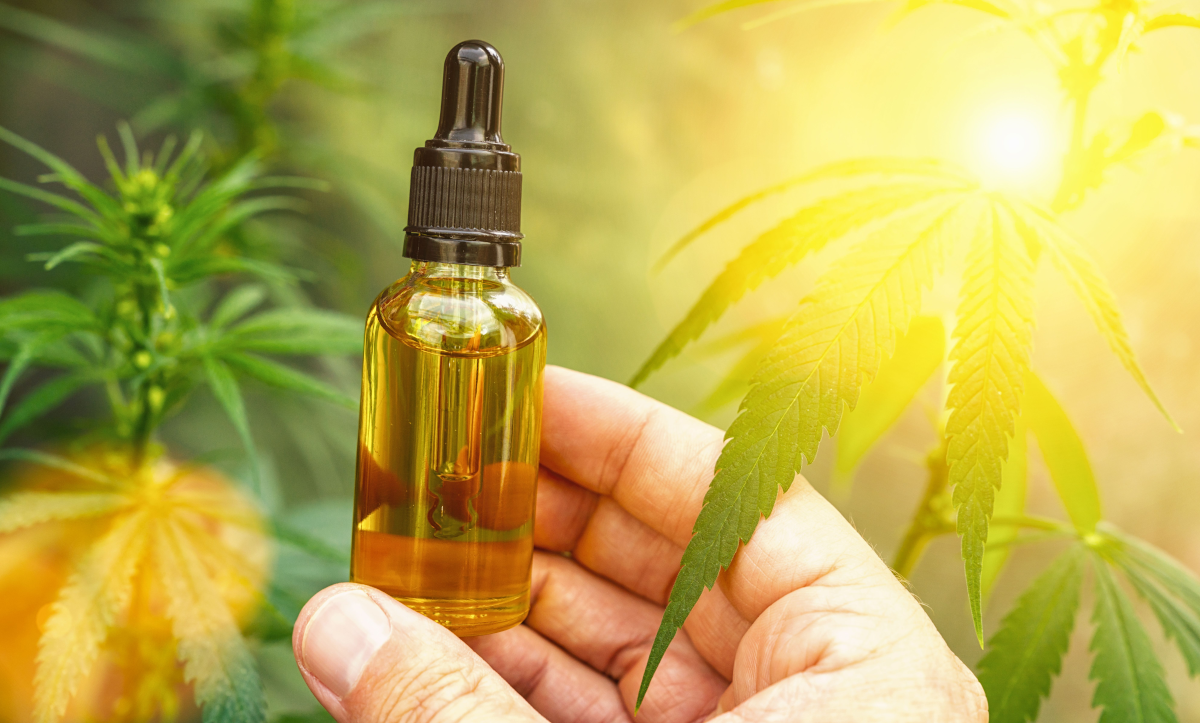The Use of CBD in Clinical Care V2 CME/CE Information
“The Use of CBD in Clinical Care V2”
Agenda
Introduction
The Cannabis Plant
CBD and the Endocannabinoid System
CBD Binding
CBD's Impact on THC's Psychoactive Effects
Effects on Non-Endocannabinoid Signaling Systems
Is CBD Psychoactive?
CBD Conversion to THC
Quiz 1 of 4
Drug Interactions, CBD Pharmacology, and CBD Products
Metabolism
Drug: Drug Interactions
CBD and Warfarin
CBD and Methadone
CBD and Anti-epileptic Drugs
Initiating CBD Anti-epileptic Therapy
CBD and Hepatic Impairment
CBD and Fatty Foods
Discontinuing CBD Anti-epileptic Therapy
Adverse Effects of Oral CBD
Forms of CBD
Common Modes of Administration
Full Spectrum, Broad Spectrum, CBD Isolate & Whole Plant CBD
Topical CBD
MedWatch
Accuracy of CBD Labels
Quiz 2 of 4
Clinical Applications of CBD Therapy
Treatment Resistant Epilepsy and CBD
Prescribing Epidiolex (CBD)
Notifying the DEA
Mechanism of Action of Epidiolex
Treatment Resistant Epilepsy and CBD with THC
National Approval of CBD Products
Autism Spectrum Disorder
Parkinson’s Disease
Cancer Treatment
Arthritis
Depression
Pretreatment with CBD
CBD Research
Human vs. Animal Studies
Quiz 3 of 4
Some patients want to try CBD
Are the Medical Claims Valid?
Quality Control
Crossing the Border
Quiz 4 of 4
Conclusion
Effects on Non-Endocannabinoid Signaling Systems
You are unauthorized to view this page.
Copyright © 2025 The Answer Page, Inc. All rights reserved.

